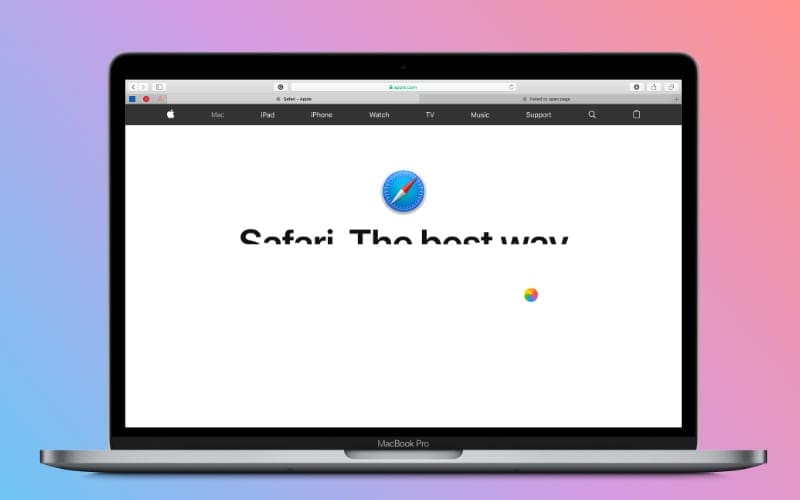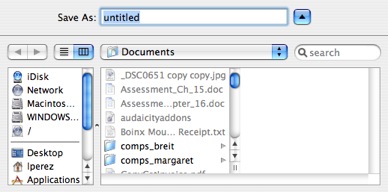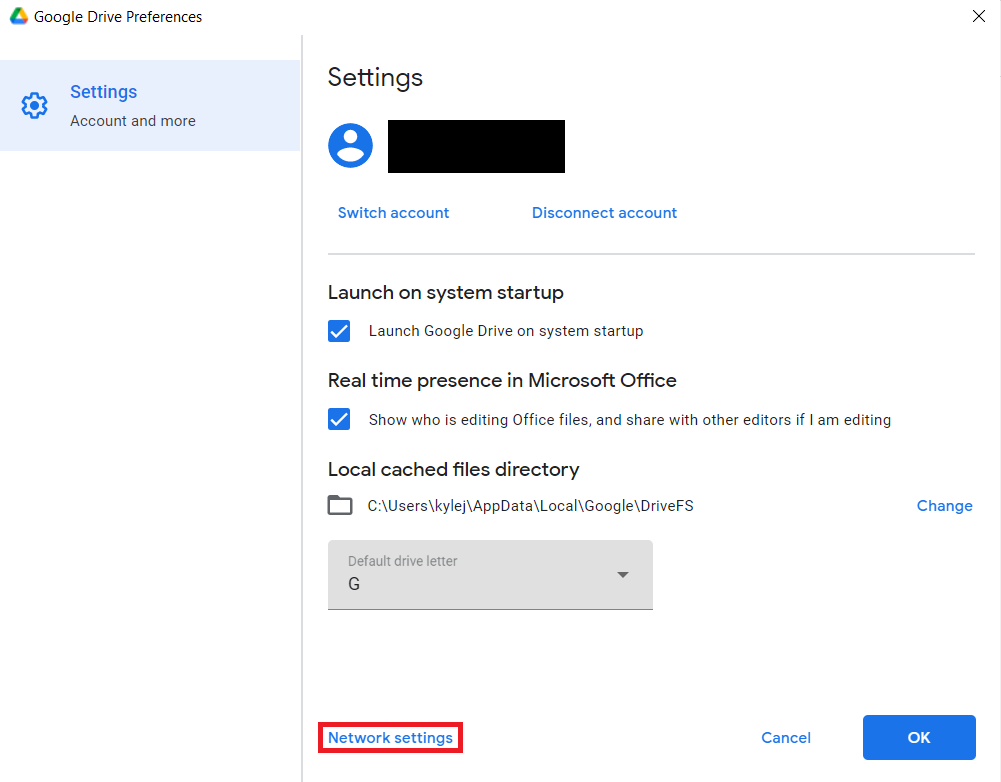

High cost, low capacity and transfer rates can be limited by the enclosure PCIe SSDs could potentially reach speeds of over 3000 MB/s If the PCIe SSD is using a Gen2 x8 or Gen3 x8 interface, it will be limited to 4 lanes only. The fastest solution at this time is a Thunderbolt 3 PCIe expansion chassis with a Gen3 x4 PCIe interface and a Thunderbolt 3 connection, able to deliver a maximum of about 2750 MB/s. Also, the speed of the drive could be limited by either the Thunderbolt or the PCIe interface.
Mac network drive very slow showing files windows#
You can use a M.2 module or a PCIe drive in one of our Thunderbolt 2 or Thunderbolt 3 PCIe expansion chassis but there are a copule of things to keep in mind.įor the best performance, an NVMe based SSD will deliver the fastest speeds but at the time this article was written, macOS does not yet support 3rd party NVMe drives, so this works only on Windows (Update: macOS High Sierra and above now support 3rd party NVMe drives). PCIe SSDĪ PCIe SSD can potentially reach much faster transfer rates than a SATA-III drive but the actual speed will depend on the model and type of drive (e.g. It could be because the SSD doesn't support TRIM, because the OS doesn't support TRIM, because the SSD is part of a RAID or the TRIM command is not passed on to the drive due to the controller in the external enclosure. If any of these components do not pass on the TRIM command, it will not work.

In order for TRIM to work, it has to be supported by all of the components, including the drive, the enclosure and the OS. TRIMįor a solid state disk (SSD), when using the drive without TRIM support over a longer period of time, the performance could be reduced. The SATA-III interface, also known as SATA 3 or SATA 6B/s interface limits the transfer rate to about 550 MB/s. SATA-III SSDĪ solid state disk (SSD), at least with most models nowadays, can usually reach the limit of the SATA-III interface. You can stripe multiple drives to achieve faster speeds but in most cases, the bottleneck will be the drive itself. SATA HDDĪ hard disk drive (HDD) uses one ore more rotating disks (platters) and due to the way the data is stored and accessed, such a drive is usually limited to a transfer rate of about 100-200 MB/s. In addition, there are certain limitations depending on the type of drive and its interface. The transfer speed can vary a lot depending on the drive model, even if it's the same type of drive, so it's always a good idea to check the specifications first and if possible, refer to an actual test result with that particular drive. Hard Disk Drives (HDD) and Solid State Drives (SSD)

To better understand what might be slowing down your drive and how you can improve the data transfer rate to get better speeds, we will look at each of the components separately. In this article, we are going to identify the bottleneck of external storage drives and attempt to get the best possible data transfer speed out of your Akitio product.


 0 kommentar(er)
0 kommentar(er)
